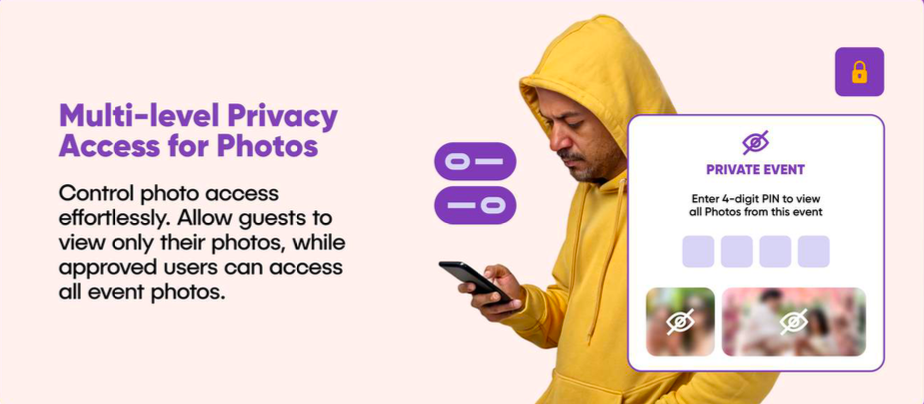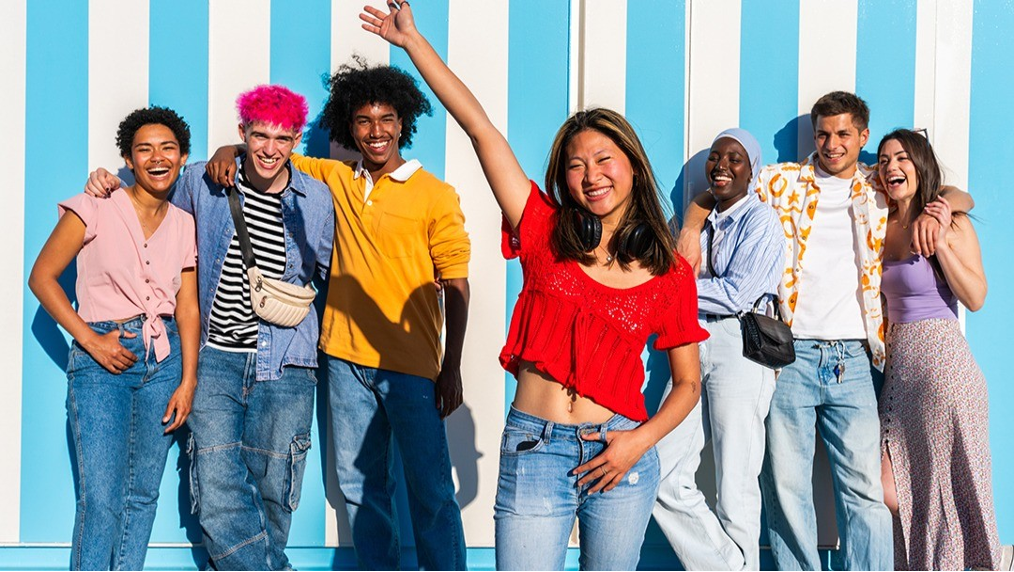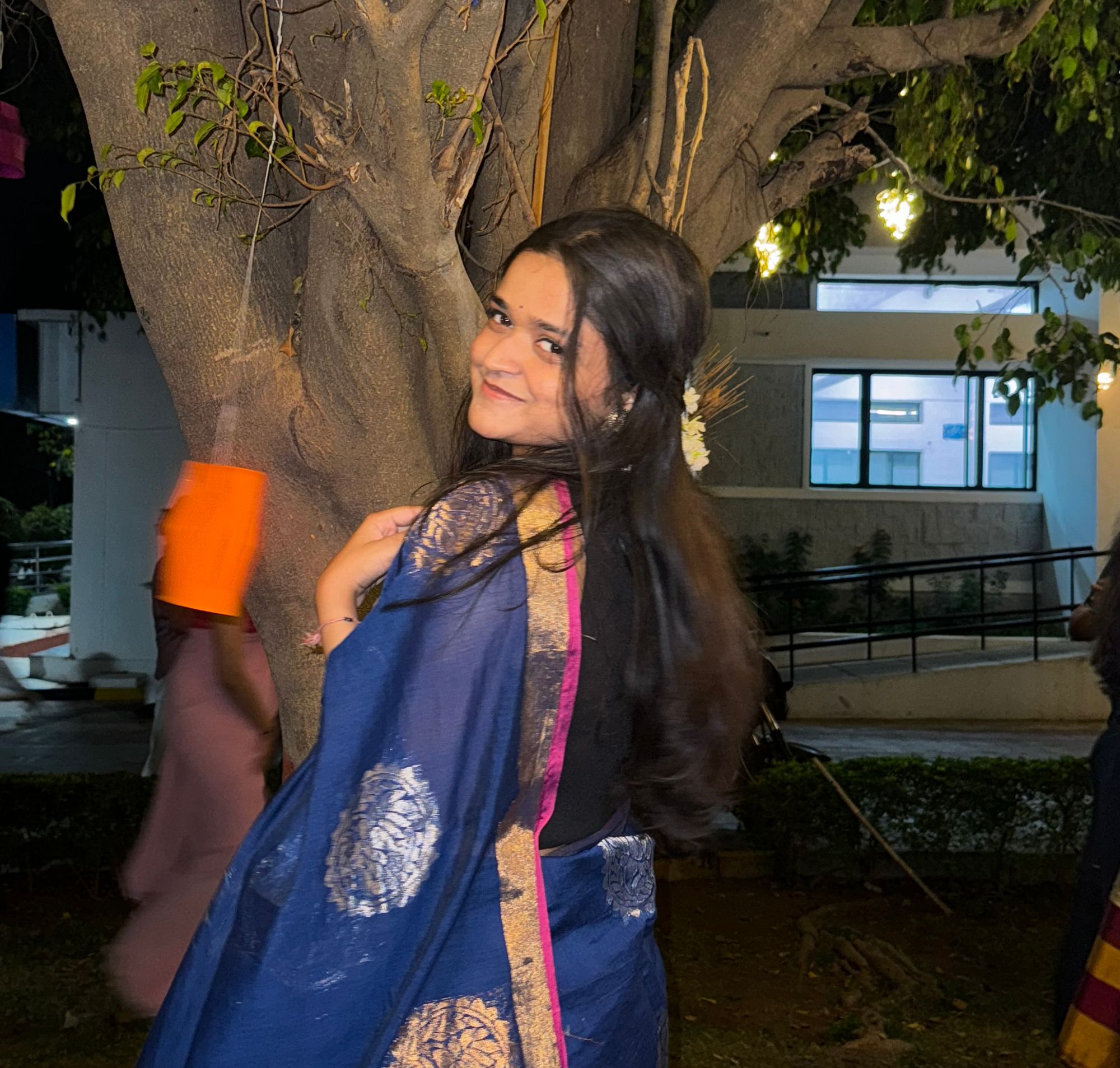The Social Shift: From Broadcasting to Belonging
There was a time when posting every moment online felt like the norm. Every birthday cake, college fest, and concert selfie landed on someone’s feed. But Gen Z? They’re flipping the script. For them, digital presence is not about being seen by all, but shared with a few.
Social media hasn’t been rejected — it’s just been redefined.
No longer is the dopamine hit from likes and shares enough. What matters now is presence, not performance. Group chats, private stories, and exclusive albums are replacing the endless scroll.
Privacy as Power: The Appeal of Controlled Access
In a hyper-documented world, privacy isn’t hiding — it’s choosing. For Gen Z, controlling access to memories is a form of empowerment. It’s about:
Curating their narrative instead of surrendering it to algorithms. Deciding who gets to see their joy, not letting it become entertainment for strangers. Protecting their moments from being misused, misread, or misunderstood.
Private sharing isn’t just about security — it’s about emotional safety. It fosters freedom to be real, goofy, even imperfect — without worrying about being screenshotted into someone else’s joke.

The Pressure to Perform and the Fear of Being Perceived
Every time you post, there’s a question in the back of your mind: "How will this be perceived?"
Public photo sharing brings with it a quiet pressure — to look good, to be fun, to curate your life into something worth liking. The fear isn’t just being judged — it’s being misjudged.
The High Stakes of Public Sharing : Gen Z is hyper-aware of how they’re perceived. And they’re tired of being perceived through a filter. They’re opting out of aesthetic anxiety and into spaces where blurry, goofy, imperfect pictures can just exist
- Public posting feels performative: The right pose, the right filter, the right caption.
- It invites commentary: From people who weren’t even at the event.
- It strips away context: Making even the most innocent photo vulnerable to misinterpretation.
Every public post is a potential liability. In a world hyper-sensitive to optics, even an innocent photo can be taken out of context. Gen Z knows this — and avoids it.
Where Real Sharing Happens : The Group Chat Effect, the group chat is the new living room. It's where unfiltered photos are dropped, laughter is shared in real-time, and memories are relived with the people who were actually there. This micro-sharing culture fosters genuine connection without the pressure of a public audience.

The Rise of Private, Invite-Only Albums
Here’s where things get interesting, there’s a growing appreciation for the raw, the blurry, the real. It’s less “for the gram,” more “for the heart.”
Instead of tagging 50 people in a Facebook album or dropping everything on Instagram, today’s memory-makers are turning to exclusive digital spaces. Think private links, QR codes at events, or facial recognition-based galleries. These platforms are designed to share, but on your terms.
This shift isn’t just about privacy. It’s about relevance. For Gen Z, event photos aren’t content to be marketed; they’re keepsakes to be cherished quietly.

Technology That Gets the Memo: Enter Kamero
Platforms like Kamero have stepped into this space, offering smart, invite-only photo sharing where every guest receives photos they're actually in — no apps, no accounts, just seamless, thoughtful sharing. It’s a solution built for this new mindset, where moments are sacred and oversharing is passé.
Kamero helps:
- Curate private albums per guest, based on facial recognition.
- Share moments instantly, even during the event.
- Maintain full control, ensuring memories aren’t broadcasted to the world.
And this control doesn’t kill the joy of sharing — it enhances it. Because when people know their photos won’t be blasted across the internet, they let their guard down. They’re freer. They’re more themselves. The camera becomes invisible. And that’s when the real memories are made.

Conclusion: A New Era of Meaningful Memory Keeping
The Future Is Filtered — But by Choice
Gen Z doesn’t take fewer photos — they just share smarter. They’re reclaiming control over who sees what. They’re choosing intention over attention. And they’re setting a new standard for digital privacy without compromising on connection. The future of photo sharing isn’t louder — it’s quieter, closer, and more personal.
The takeaway is clear: sharing isn’t going away, but public platforms are no longer the default. As exclusive, intelligent sharing options rise, event memories are becoming more protected, more personal, and more joyful to relive.The chaos of public platforms is giving way to calm, curated spaces where memories can breathe. Private isn’t just the new public. It’s the new powerful.

About Muskan Garodia
Hey there! I’m Muskan Garodia, an MBA student at TAPMI, Manipal, navigating the world of business with a mix of creativity and curiosity. I thrive on innovation and love exploring how marketing, design, and strategy come together to shape brands.
When I’m not decoding the next task, you’ll find me binging sitcoms or curating the perfect playlist. Let’s turn ideas into impact—one blog at a time !
